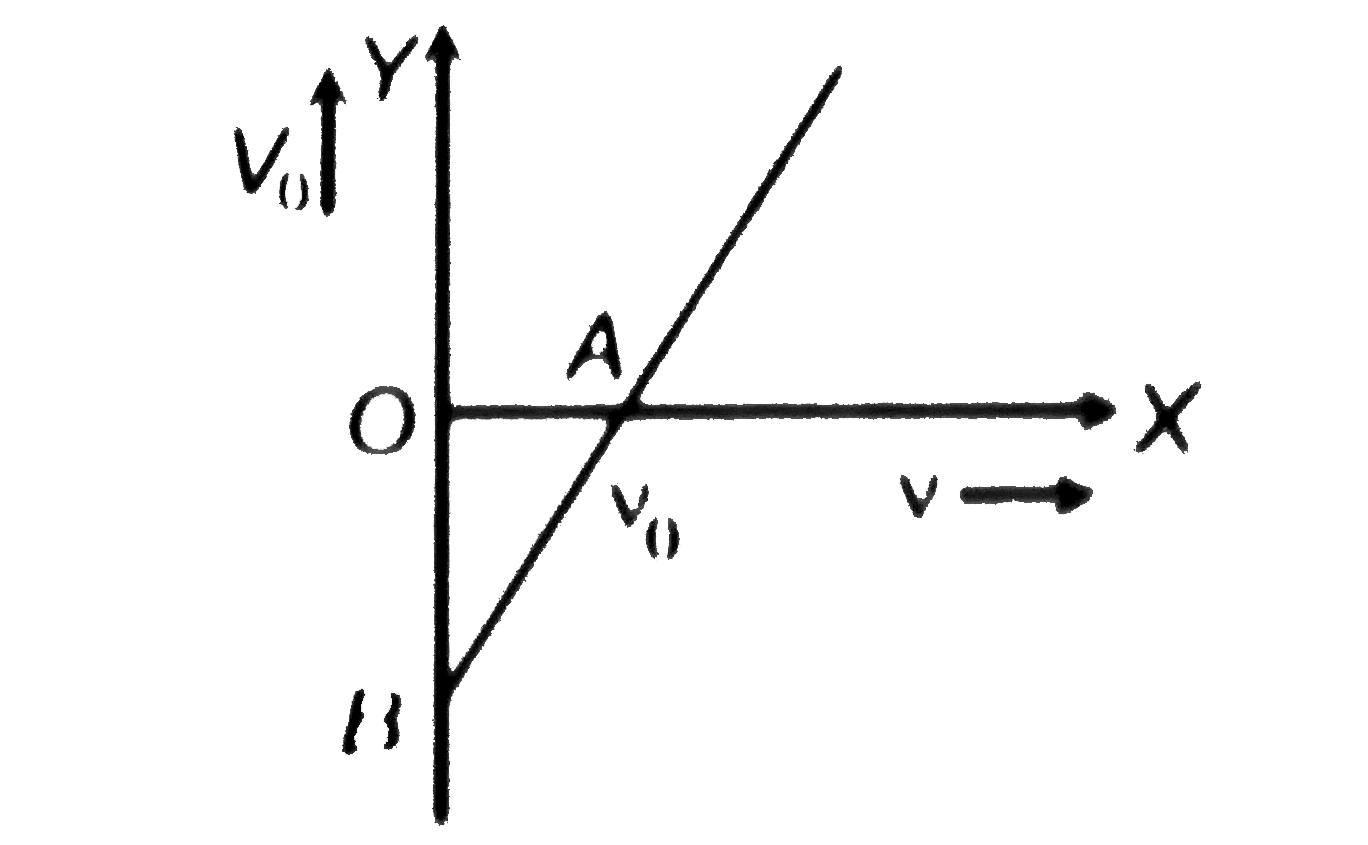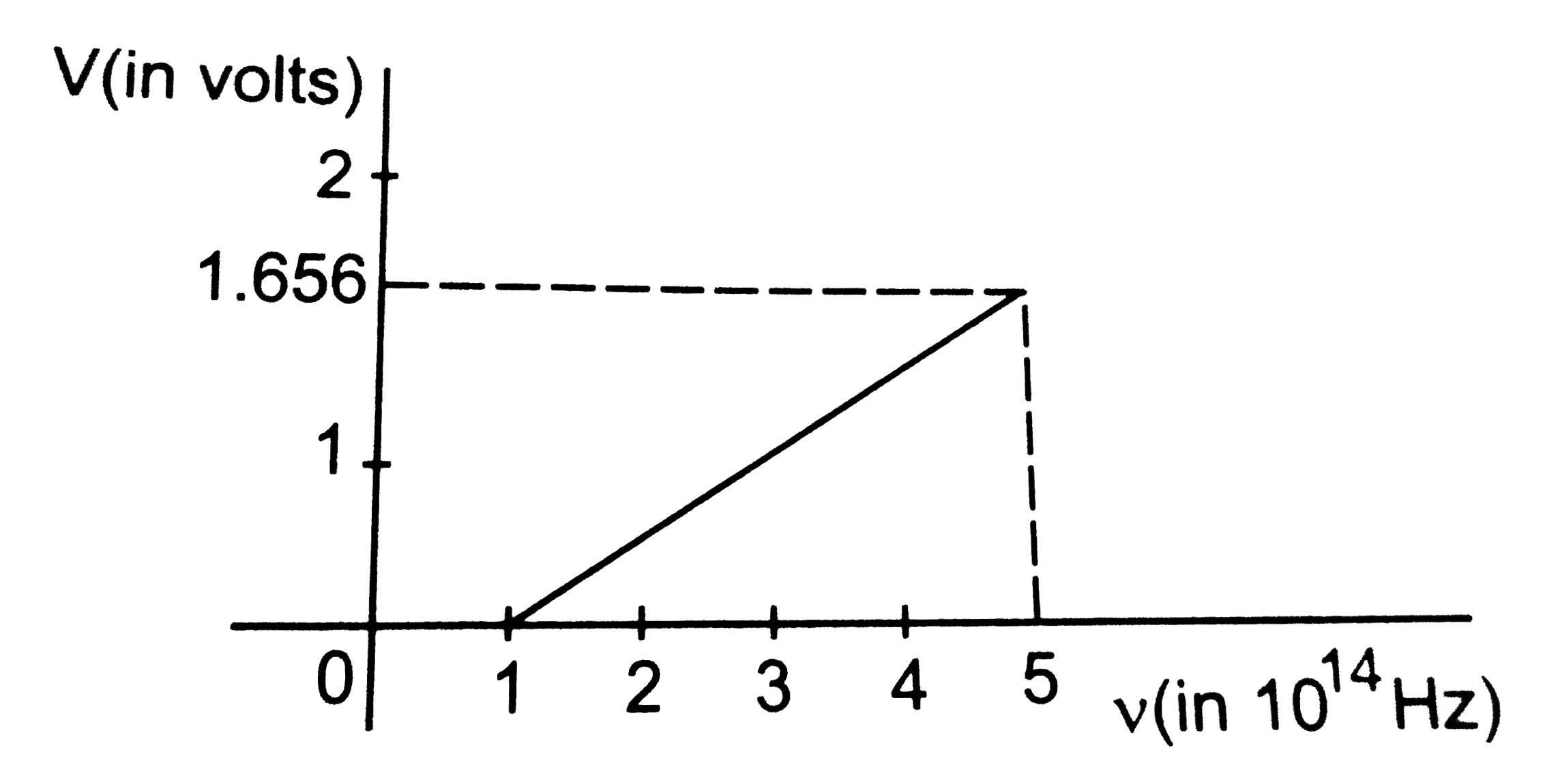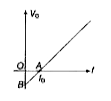In an experiment on photoelectric effect the frequency f of the incident light is plotted against the stopping potential V0. The work function of the photoelectric surface si given by ( e is the electronic charge)

OB×e in eV
OB in volt
QA in eV
The slope of the line AB
The correct Answer is:A
Step by step video, text & image solution for In an experiment on photoelectric effect the frequency f of the incident light is plotted against the stopping potential V_(0). The work function of the photoelectric surface si given by ( e is the electronic charge) by Physics experts to help you in doubts & scoring excellent marks in Class 12 exams.
Updated on:21/07/2023Similar Questions
If the frequency of light in a photoelectric experiment is doubled the stopping potential will
View SolutionFigure is the plot of the stopping potential versus the frequency of the light used in an experiment on photoelectric effect. Find (a) the ratio h/e and (b) the work function.

View SolutionThe stopping potential as a function of the frequency of the incident radiation is plotted for two different photoelectric surfaces A and B . The graphs show that work function of A is

View SolutionIn an experiment on photoelectric effect the frequency f of the incident light is plotted against the stopping potential V0. The work function of the photoelectric surface is given by ( e is the electronic charge)

View SolutionIn an experiment on photoelectric effect the frequency fof the incident light is plotted against the slopping potential V_(0). The work function of the photoelectric surface is given by (e is electronic charge)
View Solutionप्रकाश - विघुत प्रभाव के किसी प्रयोग में, किसी प्रकाश - संवेदी पदार्थ के लिए आपतित विकिरण की आवृत्ति के साथ निरोधी विभव V0 का परिवर्तन दर्शाया है

पदार्थ के कार्य - फलन का मान होगा
View SolutionIn photoelectric effect the slope of stop of stopping potential versus frequency of incident light for a given surface will be
View SolutionIn an experiment on photoelectric effect the frequency fof the incident light is plotted against the slopping potential V0. The work function of the photoelectric surface is given by (e is electronic charge)

View Solution

